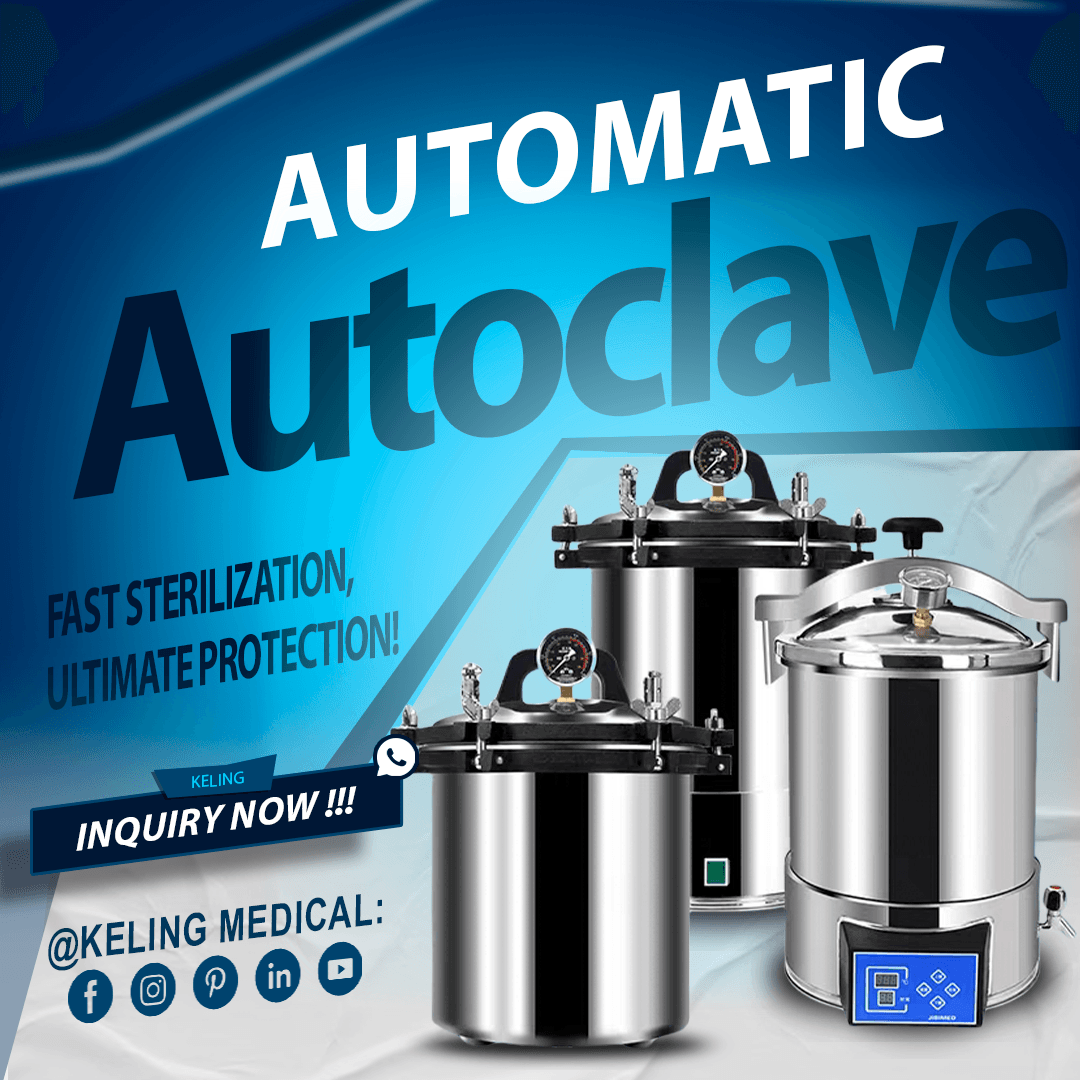
Industries including healthcare and pharmaceuticals utilize horizontal autoclaves for sterilization tasks. The safe and efficient operation of an autoclave requires correct usage to achieve complete sterilization of items. Using the procedures detailed in this manual you can achieve peak autoclave performance while reducing the likelihood of operational errors and accidents.
Loading the autoclave correctly stands as the essential first step for operating a horizontal autoclave. Improper loading prevents steam from reaching all areas leading to inconsistent sterilization results.
Key Tips for Loading:
Items must be placed in the chamber in a way that enables steam to circulate without obstruction. Avoid overcrowding.
Employ trays and racks for item organization while making sure steam exposure remains uniform.
Verify that every item can endure high temperatures and pressure while remaining safe for autoclave use.
Pourquoi c'est important : Effective sterilization and protection of both the autoclave and the items inside require proper loading techniques.
The following stage involves choosing proper temperature, pressure and cycle time settings based on the sterilized materials.
Key Considerations for Settings:
The suitable temperature for autoclave sterilization commonly varies between 121°C and 134°C based on material type.
The pressure setting must be adjusted to meet the sterilization needs and typically falls between 15-30 psi.
Determine the cycle duration according to both the type and quantity of sterilized products.
Pourquoi c'est important : Sterilization effectiveness depends on settings that match the materials’ specific requirements.
After loading the autoclave and setting up the parameters initiate the sterilization cycle and check for potential problems during the process.
Key Steps for Starting the Cycle:
The chamber door requires secure closure to maintain appropriate pressure levels.
Activate the sterilization process by pressing the start button.
Watch the autoclave display attentively for any error messages or deviations from the established parameters.
Pourquoi c'est important : Continuous observation of the cycle helps maintain proper autoclave function and allows immediate resolution of any problems.
Do not remove sterilized items until the chamber has reached a safe temperature after the cycle ends to prevent burns and contamination.
Key Tips for Unloading:
The chamber must reach a safe temperature before you can open the door.
Protect your hands from burns by using heat-resistant gloves when handling hot items.
Do not unload the autoclave until the sterilization cycle has finished successfully.
Pourquoi c'est important : Safe unloading techniques protect personnel from injuries while maintaining the sterility of the items.
Regular Maintenance: Regular maintenance procedures must be performed to ensure the autoclave remains in top working condition.
Training: All operators must receive proper training on both the use of the autoclave and its safety protocols.
Documentation: Maintain detailed records of all sterilization cycles to support quality control measures and regulatory compliance.
La sécurité avant tout: Protect both operators and equipment by strictly adhering to all safety guidelines.
To achieve effective sterilization and protect operators and equipment safety it is crucial to operate horizontal autoclaves correctly. The autoclave’s efficiency and reliability will reach peak performance when you follow this guide’s steps which include loading, setting up, running, and unloading. Always maintain top safety standards while following established best practices.
Need assistance with operating your autoclave horizontal? Our expert team stands ready to provide you with guidance and training and perform maintenance services. Get your autoclave functioning optimally by contacting us maintenant !
Arrange items to allow steam to circulate freely and avoid overcrowding the chamber.
The temperature settings fluctuate between 121°C to 134°C while pressure settings fall between 15 to 30 psi based on the type of material being processed.
Do not open the chamber until it reaches a safe temperature to prevent burns and contamination.
Yes, but ensure the autoclave is equipped with a liquid cycle and follow the manufacturer’s guidelines.
Regular maintenance should be performed as per the manufacturer’s recommendations, typically every 6-12 months.

Introduction Autoclave machines used in hospitals are one of the most important investments in healthcare infrastructure, serving as the first line of defense against healthcare-associated infections. Sophisticated sterilization equipment is

Le processus d'autoclavage est une pratique de stérilisation essentielle utilisée dans les établissements médicaux, les laboratoires et les centres de recherche pour protéger la verrerie et les instruments grâce à une stérilisation efficace. La vapeur à haute pression élimine les agents pathogènes au cours de ce processus.

Le processus d'autoclavage est une pratique de stérilisation essentielle utilisée dans les établissements médicaux, les laboratoires et les centres de recherche pour protéger la verrerie et les instruments grâce à une stérilisation efficace. La vapeur à haute pression élimine les agents pathogènes au cours de ce processus.

Le processus d'autoclavage est une pratique de stérilisation essentielle utilisée dans les établissements médicaux, les laboratoires et les centres de recherche pour protéger la verrerie et les instruments grâce à une stérilisation efficace. La vapeur à haute pression élimine les agents pathogènes au cours de ce processus.

Le processus d'autoclavage est une pratique de stérilisation essentielle utilisée dans les établissements médicaux, les laboratoires et les centres de recherche pour protéger la verrerie et les instruments grâce à une stérilisation efficace. La vapeur à haute pression élimine les agents pathogènes au cours de ce processus.
Le processus d'autoclavage est une pratique de stérilisation essentielle utilisée dans les établissements médicaux, les laboratoires et les centres de recherche pour protéger la verrerie et les instruments grâce à une stérilisation efficace. La vapeur à haute pression élimine les agents pathogènes au cours de ce processus.